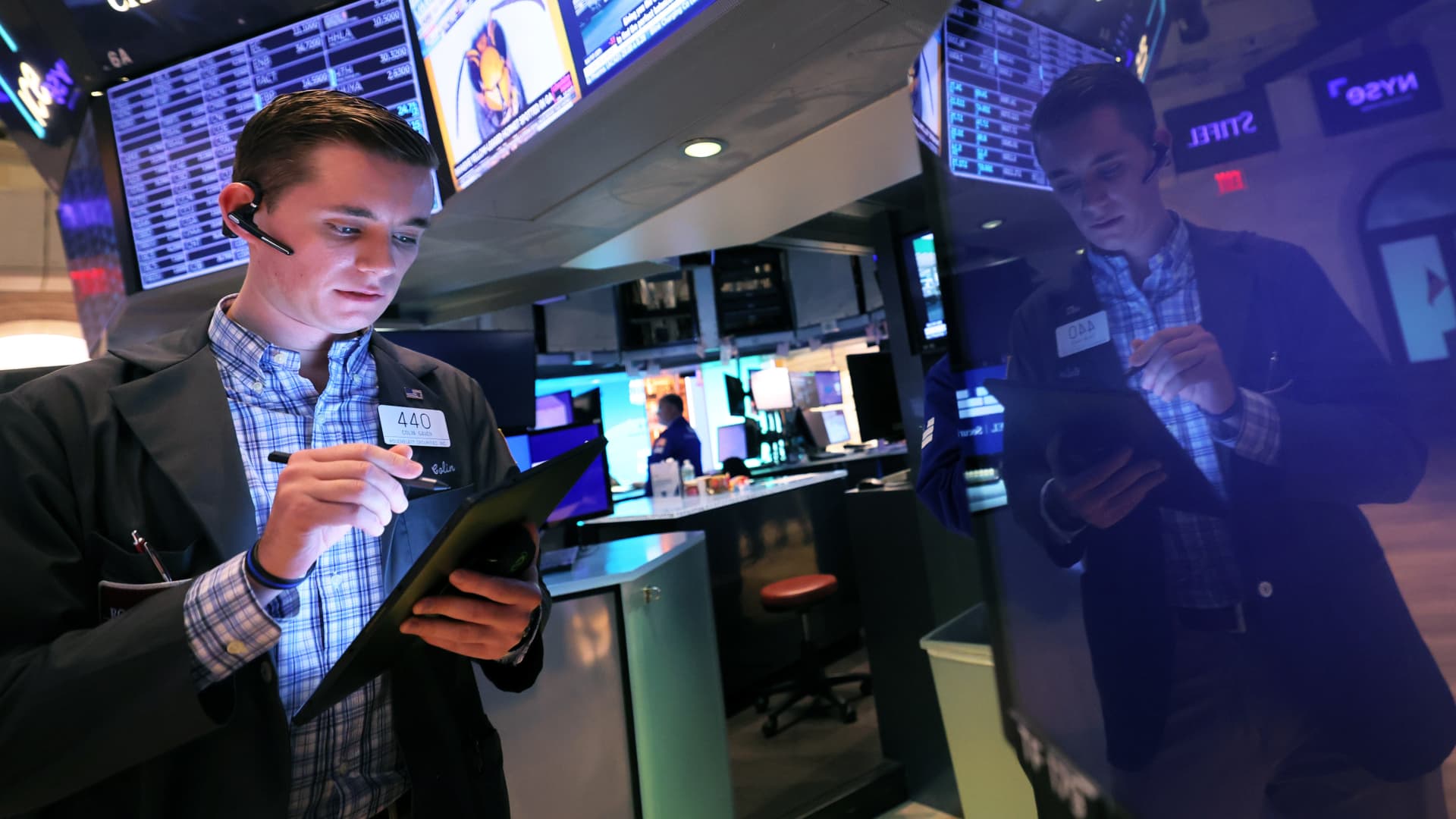
August has been a rocky month for stocks so far. The major U.S. averages have been in negative territory this month , and valuations are coming down from their lofty heights. The S & P 500 has declined 4% this month, and the Nasdaq Composite about 6%. The U.S. Federal Reserve July meeting minutes indicated that additional tightening may be necessary to bring down inflation, adding to investor fears. Markets elsewhere also slowed, with the Vanguard FTSE All-World ex-U.S. index in negative territory for the past month. “The equity market’s recent stall has been due, in our view, to a sharp rise in long-term interest rates, concerns about a slowing economy and lingering inflation, and lackluster earnings,” said Sameer Samana, senior global market strategist at Wells Fargo Investment Institute. She said in a Tuesday note that the firm predicts the S & P 500 will pull back toward “key support levels” — at 50-day and 200-day moving averages of 4,433 and 4,112, respectively. “Investors should stay defensively positioned and wait for a better risk-reward tradeoff,” Samana added. Still, there are some who are optimistic on the S & P 500, which is at around 4,404 as of Wednesday’s close. The CNBC’s Market Strategist survey shows a maximum target of 4,900 by year-end, with the median target at 4,450. George Ball, chairman of investment firm Sanders Morris Harris, predicts that S & P 500 will land at 5,000. In a Monday note, he said companies are showing a “remarkable ability” to beat earnings expectations even with interest rates over 5%. “Investors should be maintaining their normal stock, bonds and cash ratios, however they should shift from big and FANG-y mega-cap technology stocks into mid-sized technology stocks, which are trading at better valuations,” he said. Stocks that still have upside For those looking for stocks that have pulled back this month but still have upside potential, CNBC Pro screened the S & P 500 and the Vanguard FTSE All-World ex-U.S. index. The resulting stocks have fallen into negative territory in August, but have average price target upside of at least 30%, and buy ratings from at least half of analysts covering them. U.S. tech stocks that showed up include Block , PayPal , Snowflake and ZoomInfo . ZoomInfo’s losses were among the biggest, tumbling nearly 30%, with average price target upside of 49%. Chinese tech giants such as Alibaba and Baidu also appeared in the screen, as they declined 8% and 14%, respectively. However, analysts gave Alibaba average upside of 51%. Sea and SolarEdge stood out for having the biggest declines at 39% and 32% respectively, but correspondingly the largest potential upside at 103% and 86% respectively. Some semiconductor stocks also showed up, including ON Semiconductor and German firm Infineon .
